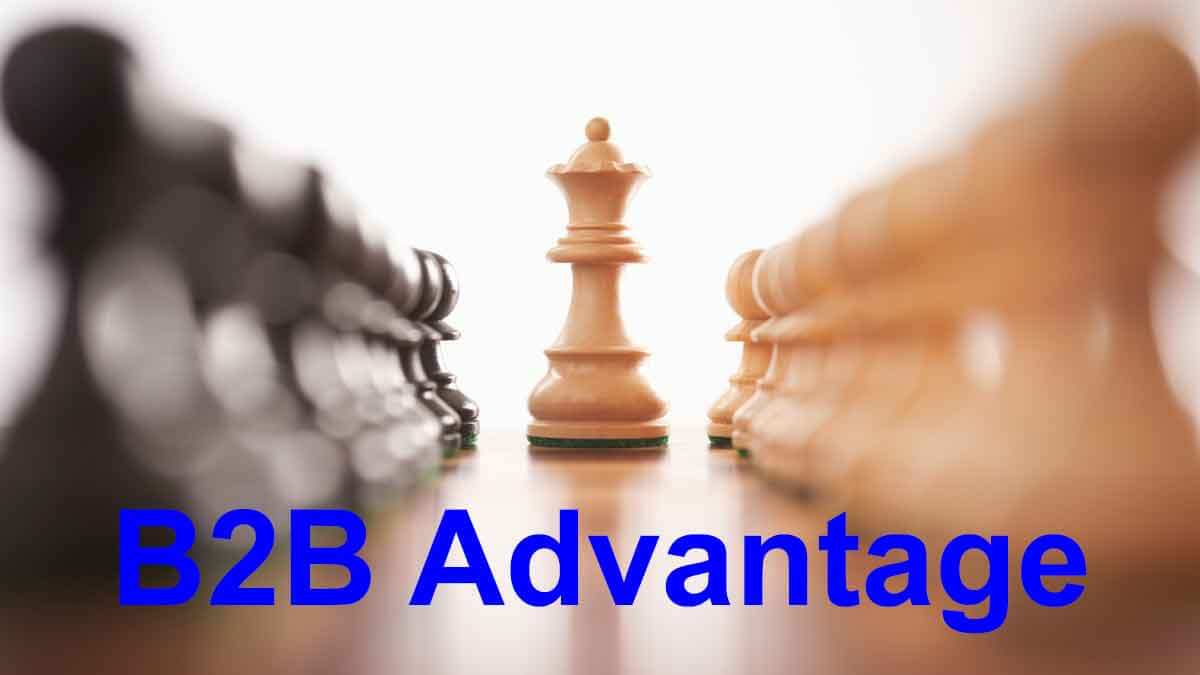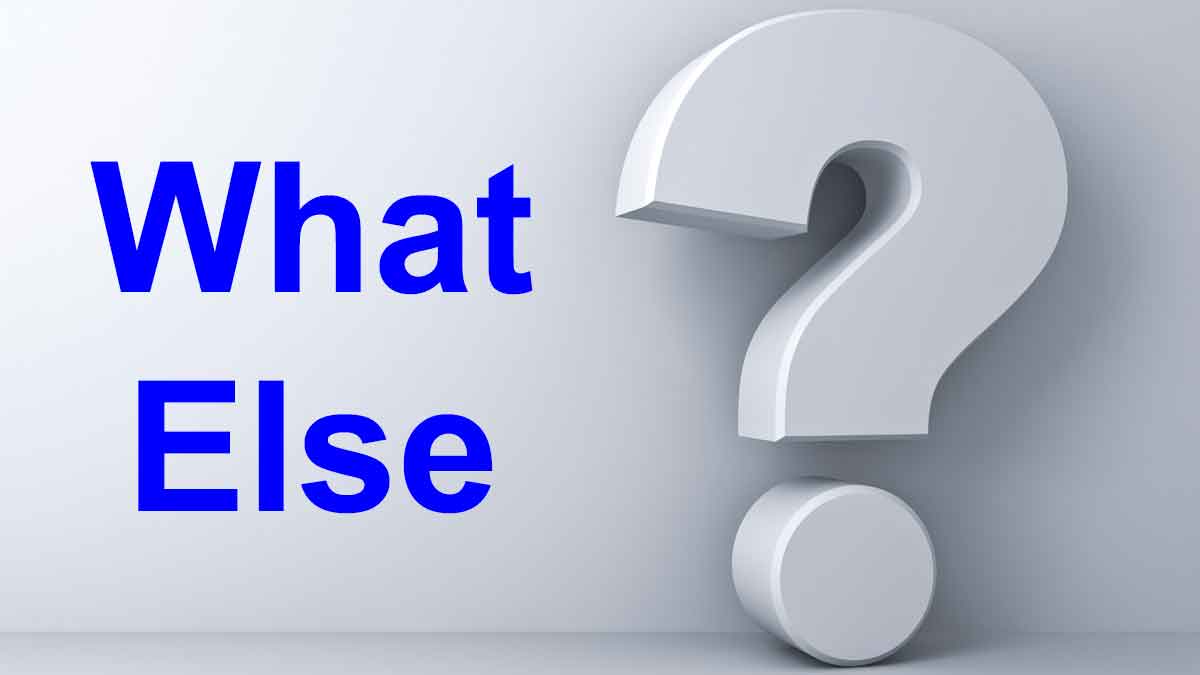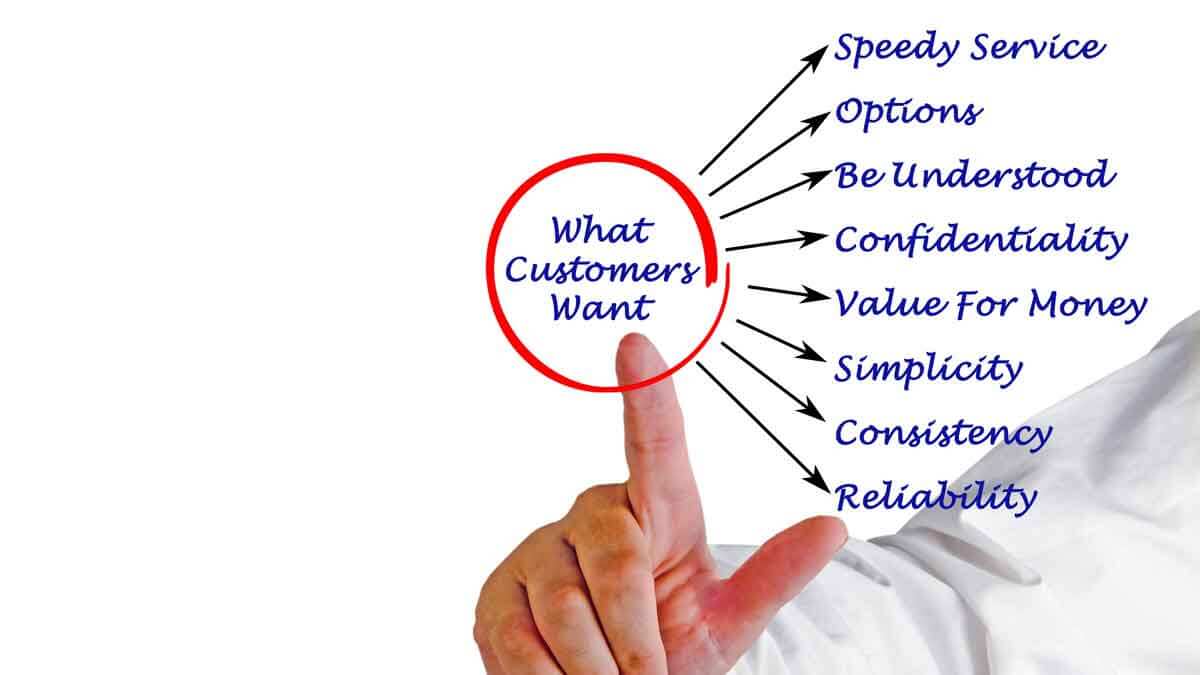Your company’s only path to profitable, sustainable, organic growth is understanding and improving customers’ important, unmet outcomes. Today this “understanding” is your best competitive advantage, simply because most B2B suppliers have far less customer insight than they could.
More in 2-minute video at 8. Rethink your major initiatives
Steve Jobs quoted Henry Ford, who said, “If I had asked people want they wanted, they would have said faster horses.’” But these men were end-consumers themselves, so they understood their markets. Most B2B suppliers, typically have much to learn about customer desired outcomes… and B2B customers are willing and able to tell them.
More in 2-minute video at 18. Avoid the faster horse fallacy
Good questions demonstrate you’re more interested in the other person than yourself. What do you call someone who listens to you and seems fascinated by your responses? You call them a brilliant conversationalist. Think of it this way: Your customers have a hard time getting their boss to listen to them. They go home and their kids don’t listen to them. Now a supplier (you) is leaning forward and asking, “Really? Could you tell me more about that?” If you were the customer, wouldn’t you like to talk to such a person?
More in white paper, Everyday VOC at www.EVOCpaper.com
Jobs-to-be-Done brings CLARITY and PRECISION to every element of innovation, product development and marketing. And likewise, there’s no better structure to understand CX, Customer Experience, than Jobs-to-be-Done. The problem with “Customer Experience” (CX) programs is that we’re missing common definitions of what CX is. Some think about customer journey maps. Some think about NPS surveys. ... Read More
B2C companies seek to understand customer needs. B2B companies should do this and engage customers, priming them to buy later. If you interview ten customers that represent 20% or 50% of the market segment’s buying power, wouldn’t it be an incredible waste if you failed to engage these companies… so they wanted to work with you?
More in 2-minute video at 29. Engage your B2B customers
I am sometimes asked to do a workshop on developing value propositions. I say, “Not unless you invite your customers to it.” Seriously, suppliers already spend far too much time guessing what customers want. Why try to legitimize this innovation malpractice by creating and word-smithing value proposition statements internally? Better to conduct proper B2B interviews and then build a value calculator around a value proposition that customers truly care about.
More 2-minute video at 34. Use value calculators to establish pricing
Here’s the “B2B Advantage”: Your customers can offer more insight than end-consumers due to their knowledge, interest, objectivity and foresight. But if your company uses hand-me-down consumer goods voice-of-customer methods, you’ve ignored your own advantage. Your competitors may not.
More in 2-minute video at 15. Put your B2B advantages to work
Lean Startup is a powerful approach for quickly testing assumptions and minimum viable products. But B2B customers can articulate their needs in amazing detail—if you know how to ask. If you start with your ideas, instead of diverging to all customer outcomes, you may be converging prematurely and limiting your possibilities.
More in white paper, www.leanstartupforb2b.com (page 2)
Most B2B suppliers work too hard during interviews: Would you like this?… How about this?… Would this help? Better to probe a customer problem or desire to full comprehension, and then simply ask “What else?” This allows them to lead you to whatever they think is important. This is a customer-led interview. You should try it.
More 2-minute video at 26. Build your interviewing skills
Great value propositions begin and end with customer outcomes. It’s like collecting specimens, sliding them under your microscope, and continuing to turn up the magnification. The careful researcher doesn’t have to agonize over the right value proposition. It comes into increasing focus, waving its arms and screaming to be addressed.
More in white paper, www.b2btimingiseverything.com (page 9)
If you were gathering customer insights about belts, would you rather interview someone using a belt to convey iron ore… or to hold up their pants? B2B customers can usually provide more insight than end-consumers due to greater knowledge, interest, objectivity and foresight. But these advantages are no advantage unless you use a B2B-optimized approach.
More in 2-minute video at 14. Understand your B2B advantages
Unlike many B2C benefits, e.g. amusement, comfort, and self-esteem, B2B customer benefits are usually measurable, economic and—wait for it now—predictable. This predictability means B2B suppliers who study customer outcomes, like a science, will be handsomely rewarded. B2B customers will eagerly help you… if you know how to ask them.
More in white paper, www.guessingatcustomerneeds.com
Many companies think they have learned about customer needs when they visit customers to validate their hypothesis or potential solution. They have not. They have learned about market reaction. To a single idea. Their idea. On top of this, it’s likely this customer reaction was distorted by confirmation bias.
More in white paper, www.b2btimingiseverything.com (page 15)
Some executives expect employees to deliver innovation-driven growth without investing in company-wide tools and skills. Either nothing changes, or employees run off changing things in random (Brownian motion) directions. Be intentional about what new behavior is needed, and take unwavering steps to drive it. Tip: Research shows that one of the strongest growth drivers is learning strong B2B voice-of-customer skills.
More in research report, www.b2bvocskills.com













